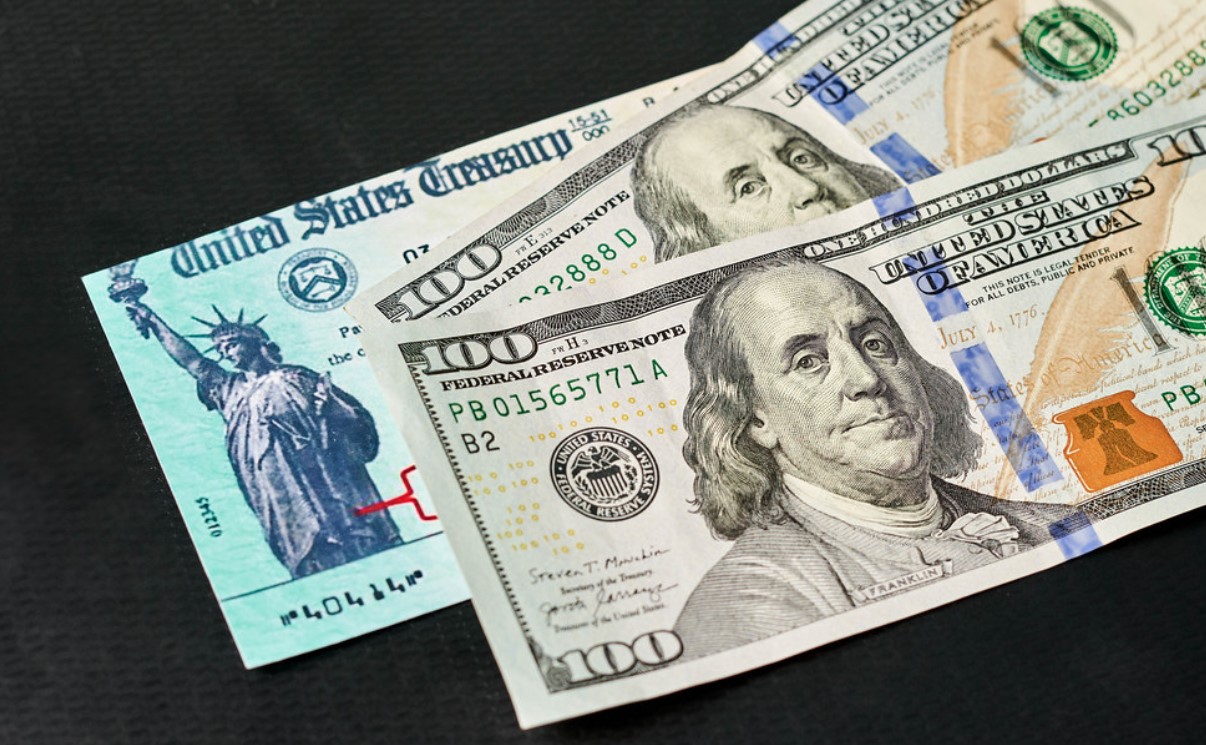The U.S. dollar leapt higher on Thursday, buoyed by rising Treasury yields, as concerns over tariffs sent shockwaves through currency markets. The yen, euro, and pound edged closer to multi-month lows, while investors braced for potential economic fallout.
Treasury Yields Climb to New Highs
Treasury yields continued their upward march, with the benchmark 10-year U.S. Treasury note reaching 4.73% on Wednesday—the highest level since late April. During Asian trading hours, the yield settled slightly lower at 4.6769%, but the pressure remained firmly on.
This surge in yields has largely been driven by speculation surrounding new tariffs and their potential inflationary effects. The bond market selloff has intensified as investors weigh the risks, further propping up the dollar’s strength.

Euro Flirts with $1 Threshold
The euro faced renewed pressure, falling to $1.03095. This keeps the single currency uncomfortably close to the two-year low it hit last week. Analysts warn that tariff-related fears and the strong dollar could push the euro below the critical $1 mark.
The potential for the euro to break below this threshold underscores the high stakes in the current environment. Currency traders are watching closely, as a fall below $1 would signal a dramatic shift in the global economic balance.
British Pound Slides Amid Yield Spike
The British pound also struggled, dipping to $1.2353 in early Asian trading—its lowest level since April. The drop coincides with British government bond yields hitting multi-year highs, reflecting growing concerns about inflation and fiscal policies under the Trump administration.
Unlike the euro, the pound faces compounded risks, including domestic economic uncertainty and external pressures from U.S. tariff policies. The combination is testing the resilience of the British economy and currency markets.
Federal Reserve’s Shocking Shift
Adding to the uncertainty, the Federal Reserve recently surprised markets by slashing its rate hike projections for 2025. The central bank now forecasts just two rate cuts, down from four previously anticipated. This reversal has left investors scrambling to reassess their strategies.
Key concerns driving the Fed’s decision include rising inflation and the Trump administration’s fiscal policies. These factors are not only influencing bond yields but are also contributing to the broader strength of the dollar.



















